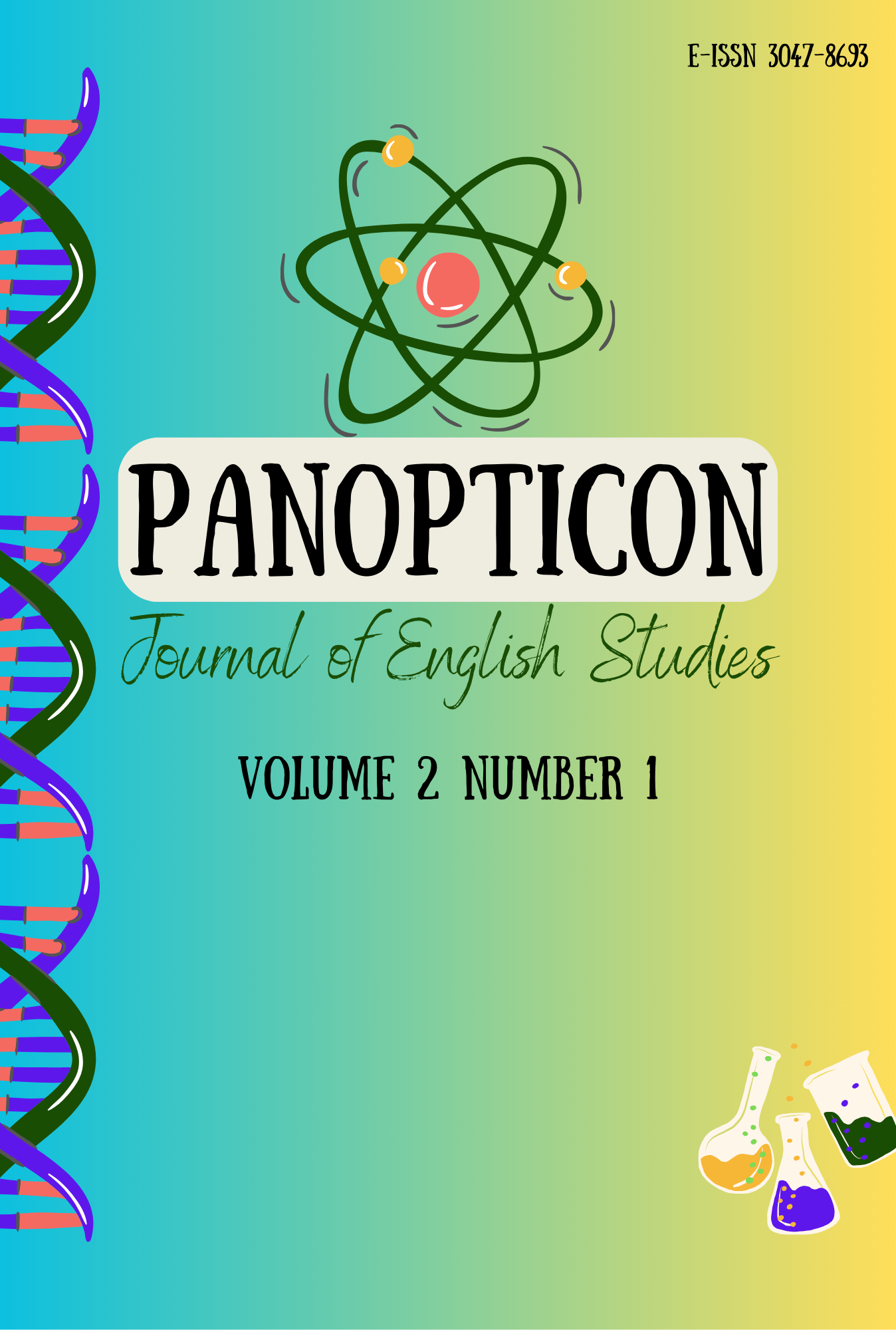Beauty Standard Portrayed in The Princess Who Wasn't by Templeton Moss
Abstract
This study has the purpose of deeply and critically analyzing the beauty myth standard, which is the major issue in the picture book entitled The Princess Who Wasn't that is mostly read by children. Beauty standards refer to the norms within a society that idealize specific physical traits and appearances. These standards may vary across different cultures and time periods, but they have a significant influence on an individual's self-perception and body image. With the fundamental theory of Beauty Myth by Naomi Wolf in 1990, this study adopts a qualitative methodology as the approach. By analyzing the narrative and visual representation, the study explores how the picture book presents beauty standards and their potential impact on young readers. Furthermore, the study examines the storyline of a picture book to determine whether it focuses more on changing someone's appearance or on emphasizing the significance of inner beauty and individuality. Beauty is becoming an oppression for women in society. The standard of beauty in society makes it necessary for a woman to look pretty, wear a dress, and be a beautiful woman. This analysis deeply examines beauty myths in society, the standard of beauty, and a woman's right to be herself.
References
Ernawati, Y. & Purnomo, B. (2019). Beauty Myth in Novels by Tiwiek S.A. 3rd Social Sciences, Humanities, and Education Conference. 380. 237-240.
Hermawati, Y., Piyatna, A., & Adji, M. (2016). Instagram and the Myth of Beauty in Muslim Women. Bandung: Universitas Padjajaran.
Jalali, M. (2015). The Domain of Realism in the Children Literature of Iran. International Journal on Studies in English Language and Literature. 3(10). 24-29.
Miskiyah & Sofyan, A. (2023). An Analysis of Liberal Feminism of the Main Character in Brave Film. International Journal of Linguistics, Literature and Translation. 6. 33-37.
Moss, T. (2023). The Princess Who Wasn't. Retrieved from Storyberries: https://www.storyberries.com/fairy-tales-for-kids-the-princess-who-wasnt-by-templeton-moss-bedtime-stories/
Sari, E. K. P. (2021). Protests Against Injustice in “The Outcast†Novel by Okky Madasari (2014): Liberal Feminism Approach. SIGEH ELT : Journal of Literature and Linguistics. 1. 96-105.
Warsito, A., & Fitria, S. (2022). The Depiction of Beauty Myth In Coelho's The Spy. Journal of English Letter’s Student Panopticon. 1(1). 1-10.
Wolf, N. (1990). The Beauty Myth. New York: HarperCollins Publishers Inc.


